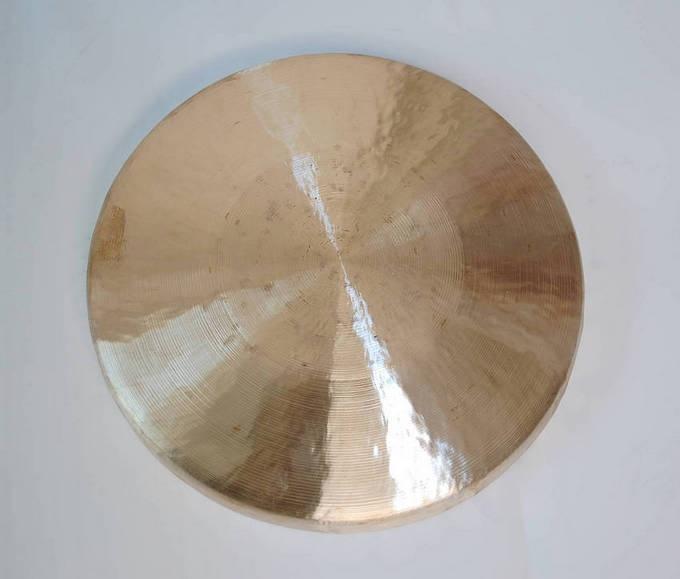How to play the gong and how to use it
888 views · Organized by chen on 2022-02-18
The small gong has no fixed pitch. When playing, the index finger of the left hand raises the edge of the gong, the thumb is placed on the edge of the gong to prevent the gong from slipping, and the little finger is placed close to the inner surface of the gong light to facilitate the sound. The second joint of the right thumb, the second joint of the index finger, and the third joint of the middle finger are pressed against the gong, and the elbow is bent outside the small gong to form a small gong playing posture.
The right hand holds the gong piece (about 17 cm long bamboo piece), and hits the gong door or the gong side with the oblique edge of the lower end of the gong piece to make pronunciation. , Muffled Strike, etc. There are heavy hits, light hits, muffled sounds, cover gongs, hide gongs, and side hits.
Small gongs are also called Jingxiao gongs in Peking Opera. They and big gongs strike with the rhythm of performance movements in Peking Opera, playing a role of foiling and strengthening. In gongs and drums, in addition to sometimes highlighting its timbre characteristics, it also strikes flower points, which has the effect of enriching the ensemble.
In Peking Opera, it is generally used for literati, women or humorous characters to go on and off stage and to cooperate with small movements in various performances. There are heavy hits, light hits, muffled sounds, cover gongs, hide gongs, and side hits.
The right hand holds the gong piece (about 17 cm long bamboo piece), and hits the gong door or the gong side with the oblique edge of the lower end of the gong piece to make pronunciation. , Muffled Strike, etc. There are heavy hits, light hits, muffled sounds, cover gongs, hide gongs, and side hits.

Small gongs are also called Jingxiao gongs in Peking Opera. They and big gongs strike with the rhythm of performance movements in Peking Opera, playing a role of foiling and strengthening. In gongs and drums, in addition to sometimes highlighting its timbre characteristics, it also strikes flower points, which has the effect of enriching the ensemble.
In Peking Opera, it is generally used for literati, women or humorous characters to go on and off stage and to cooperate with small movements in various performances. There are heavy hits, light hits, muffled sounds, cover gongs, hide gongs, and side hits.
Involving musical instruments
iao Gong (pinyin: xiǎo luó), named for its small size. Copper, round, about 22 cm in diameter, slightly raised in the center, not tied. When playing, use your left finger to hold the inner edge of the gong, and hold a thin wood chip in your right to strike the sound. Its sound is bright and crisp.
Guess you like
Organized by 小何 on 2022-02-18
The small gong is a circular arc, mostly made of copper, with a diameter of about 22 cm, a slightly raised center, and no rope. It is fixed by its own frame around it; the gong is a wooden beam. There are various sizes of gongs. When playing small gongs, use the left hand to hold the gong body and the right hand to strike the gong; large gongs must be hung on the gong stand to play.
read >>
 渝公网安备 50010702504639号
渝公网安备 50010702504639号